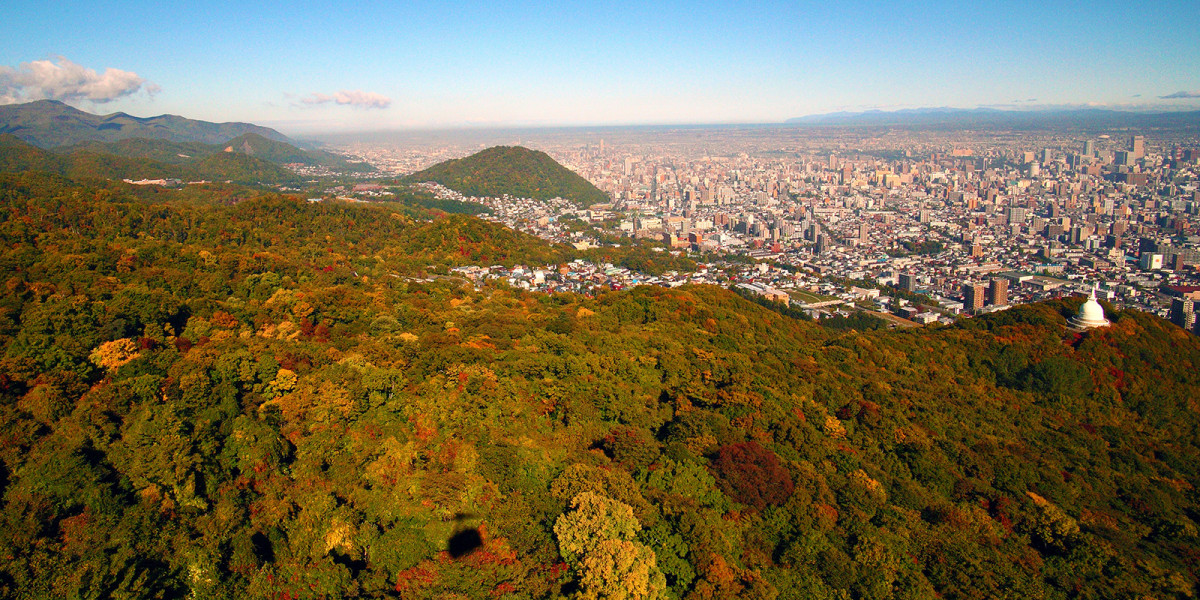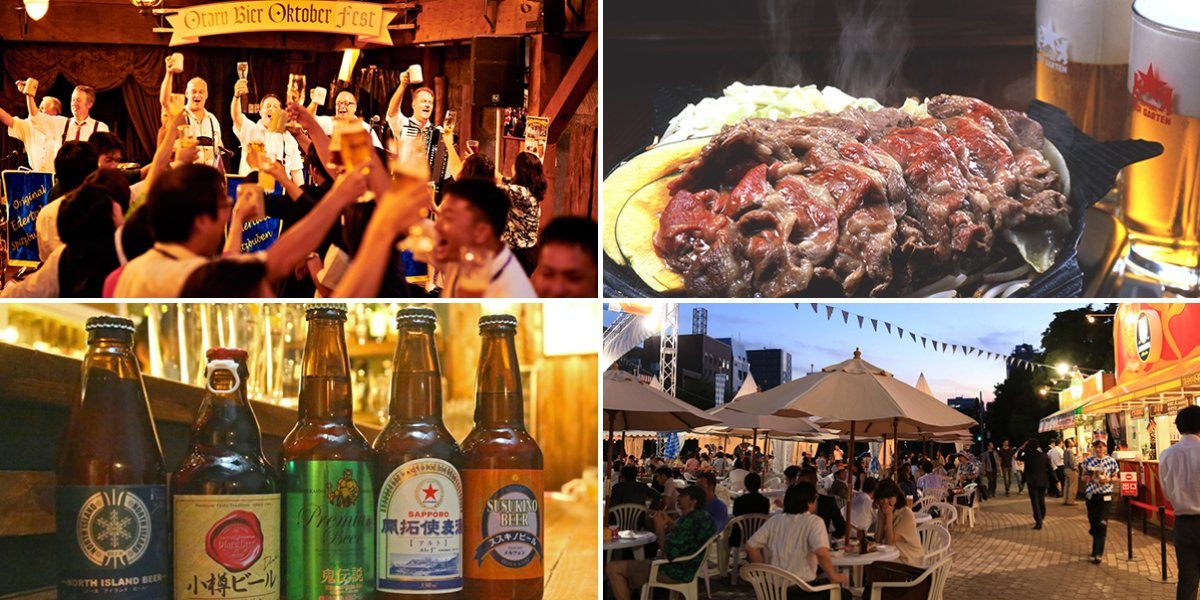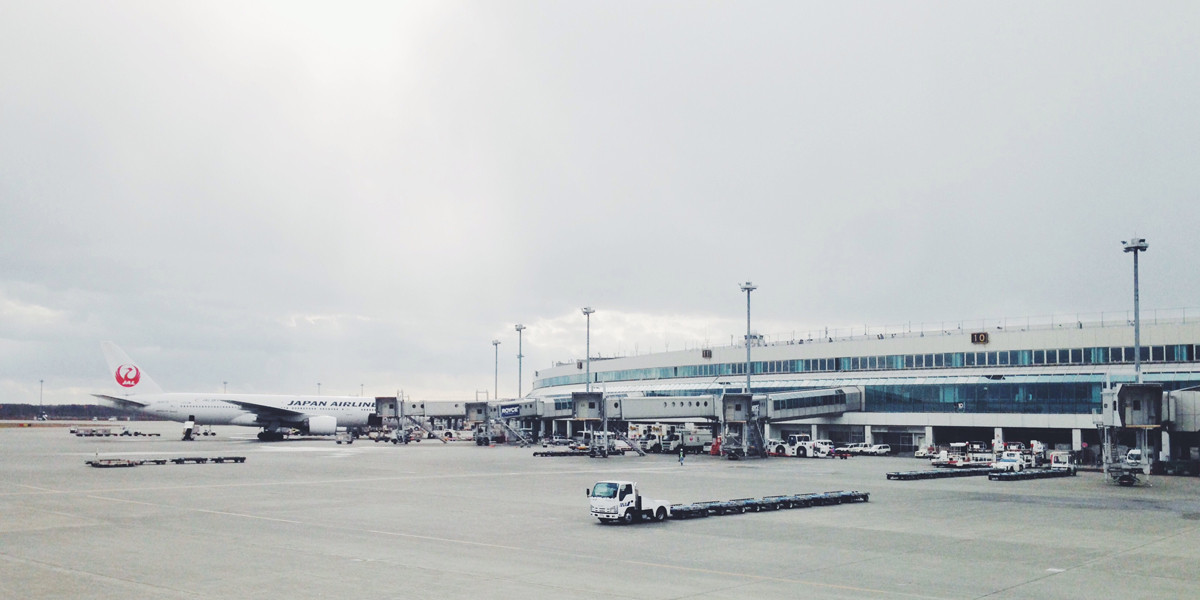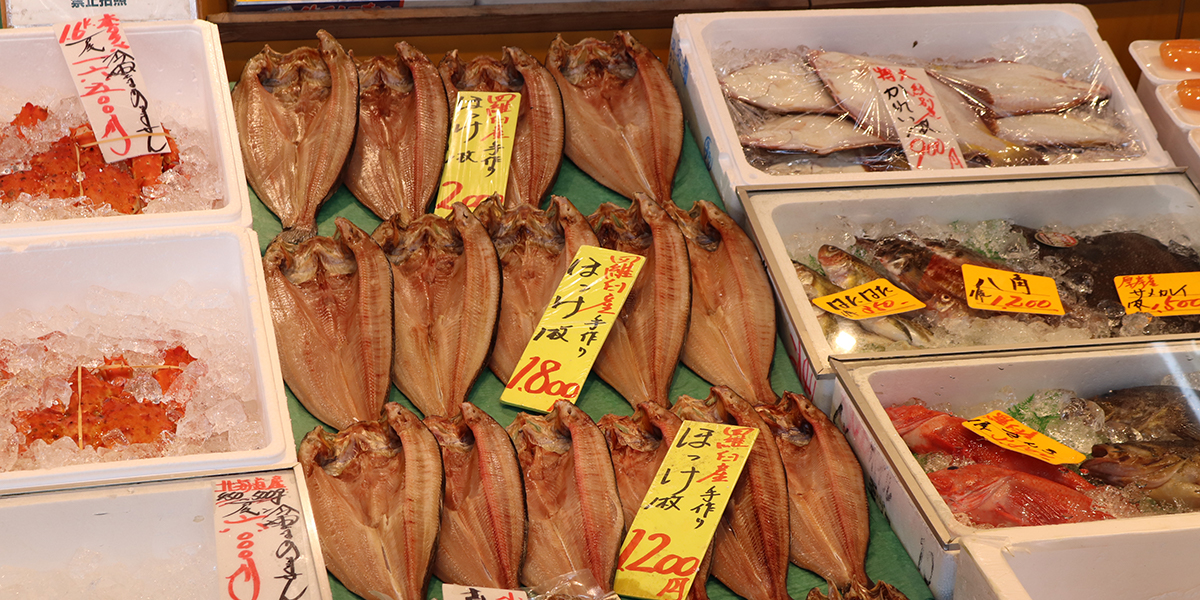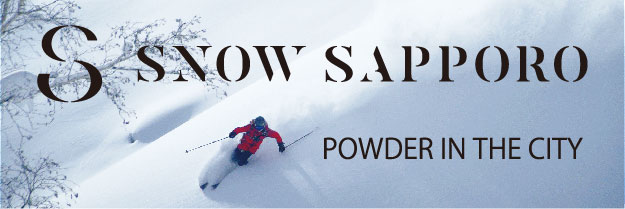Hope in illuminations
Sapporo-born sculptor, Takamichi Ito
The Sapporo White Illuminations, which light up Sapporo in early winter, began in December 1981 with just a single symbol objet in Odori Park 2-chome Plaza. We talked with Takamichi Ito, the sculptor who planned and designed Japan’s first ever illuminations, about his relationship with Sapporo.
The sculptor who gives form to the swaying of the wind
Ito’s works are referred to as “moving sculptures”. Bending mirrored stainless-steel pipes and using motorization, he has created many works which draw gentle curves. His starting point as a sculptor was the display design for the show windows of the Shiseido Kaikan in Tokyo, which he worked on from his early twenties. He says he has created around 100 works in ten years.
“When I decorated the show window with a mobile that danced in the wind, many people stopped to look. That was in the early 1960s, a time when they didn’t have interesting things everywhere like they do now; people gathered in front of the window, both adults and children, genuinely enjoying the movements of the mobile. After that, I was invited to try and create works in the art world too, and after participating in an exhibition of outdoor sculptures and winning a prize, I became active not only in design but also in the pure art world.
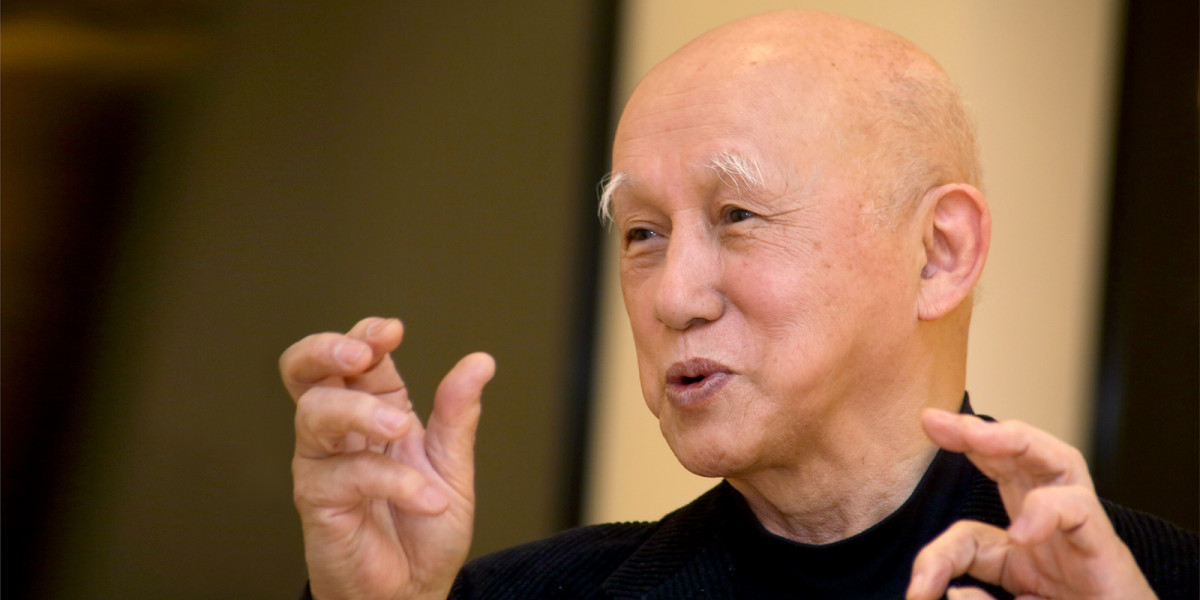
Japan’s first illumination was an object reflecting the image of “hope”
Ito was born in Sapporo and lived there until he graduated from high school. His childhood days were just after the war and he says that, in an age of deprivation, “light” was a symbol of hope. In 1981, when Sapporo city was organizing the Sapporo White Illuminations, they commissioned Ito, who was working as the director of a laboratory at a lighting design company, to work on the design.
“They called on me to work on Japan’s first illumination. I felt the pressure to create something the likes of which had never been seen before, but at that time, December in Sapporo was pitch black and the gloomiest time of the year, so with the desire to brightly light up the Christmas season, I created an object based on the idea of a “tree of light”, using Hokkaido conifers as a motif. Even now, I can remember how excited everyone got the moment the illumination was switched on. Maybe the whole of Japan wished for objects of light in winter, when the days are short, because after that event in Sapporo, it was spread to many other areas. Even now, when illuminations are lit up they make the national news. It continues to be off my hands, but I am very proud of that pioneering effort.
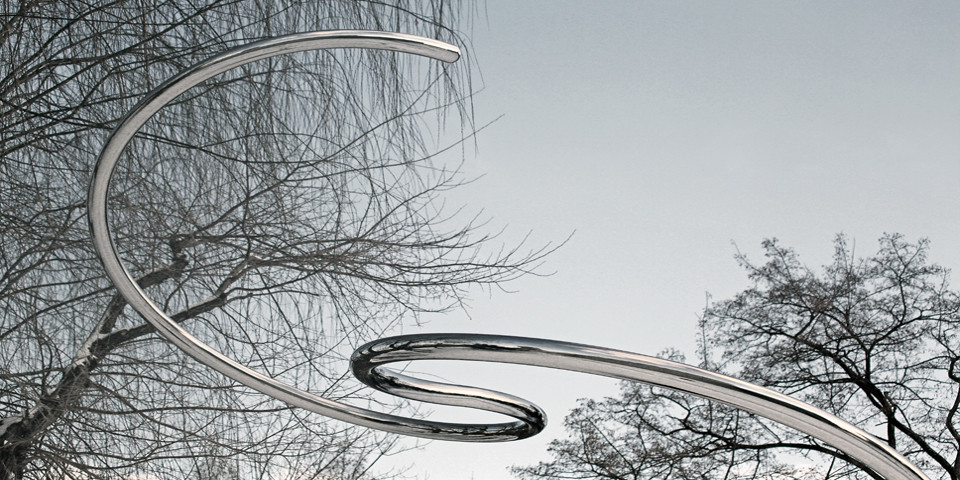
The climate and natural features of Sapporo which shaped the sensibility of Takamichi Ito
In my childhood, I felt that light itself was a beautiful thing. Much of my time during my childhood was devoted to dramatic stage design, and I would create lighting systems and direct the lighting, day in, day out. In Sapporo, when the snow piles up, the ground at once becomes bright and it feels as if the heavens and the earth are reversed. In addition, I believe that it was watching Mount Moiwa as it changes colors with the passing of the seasons that nurtured my sensibilities today. I think that the origins of my creation are in the Northern provinces. Just like the illuminations, it is my hope that, in future too, something will spring forth that overflows with the originality of Sapporo.”
Ito’s works are on display at places such as Sapporo Art Park, Hokkaido Museum of Modern Art, Sapporo Science Center, Chieria, Sapporo Medical University, the Toho Mutual Life Insurance Building Clock and in front of the post office on the north side of the Grand Hotel. Even today, they catch the light of the city of Sapporo, marking out the time as they move, becoming part of the landscape of our day-to-day lives. If you go around Sapporo city, visiting Ito’s works, you may well encounter a new Sapporo.
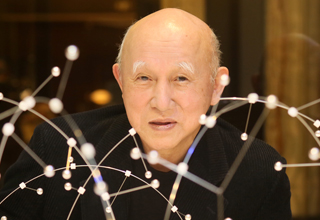
Takamichi Ito
Sculptor
1939 Born in Sapporo. 1962 Graduated from Tokyo University of the Arts, Faculty of Fine Arts; established “Atelier MOV” the same year. 1970 In charge of the design of numerous pavilions, such as the Japan World Exposition Theme Hall and Japan Hall in Osaka. Produced large-scale lighting sculptures for hotels, public facilities and parks. 1980 In charge of design of the tree for the Sapporo White Illumination. As well as within Hokkaido, he installed numerous public sculptures domestically and overseas. 1993 Appointed as professor at Tokyo University of the Arts, Faculty of Fine Arts, engaged in design education. Served as vice president, etc. Currently, he carries out his creative activities at his ateliers in Shinjuku, Tokyo, and Omagari, Kitahiroshima. He has also established a few studios in Shanghai.










